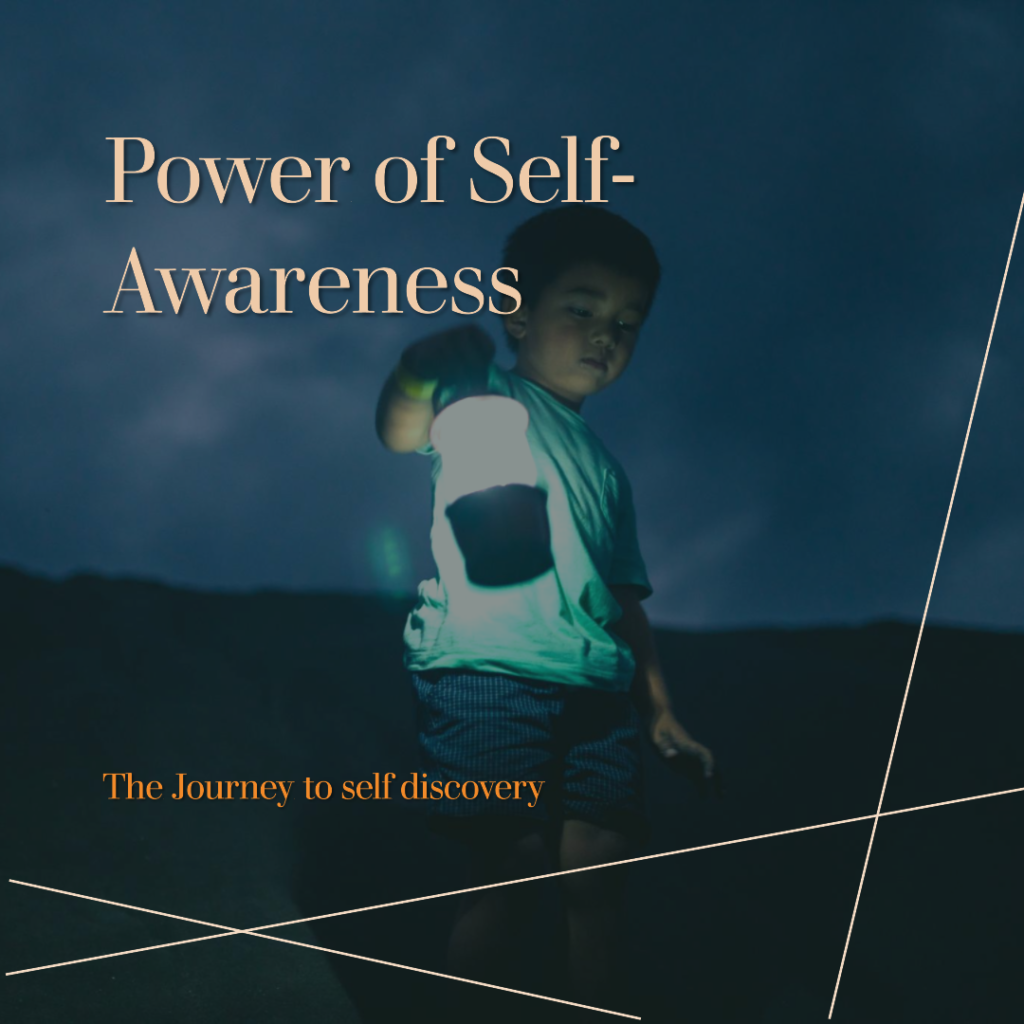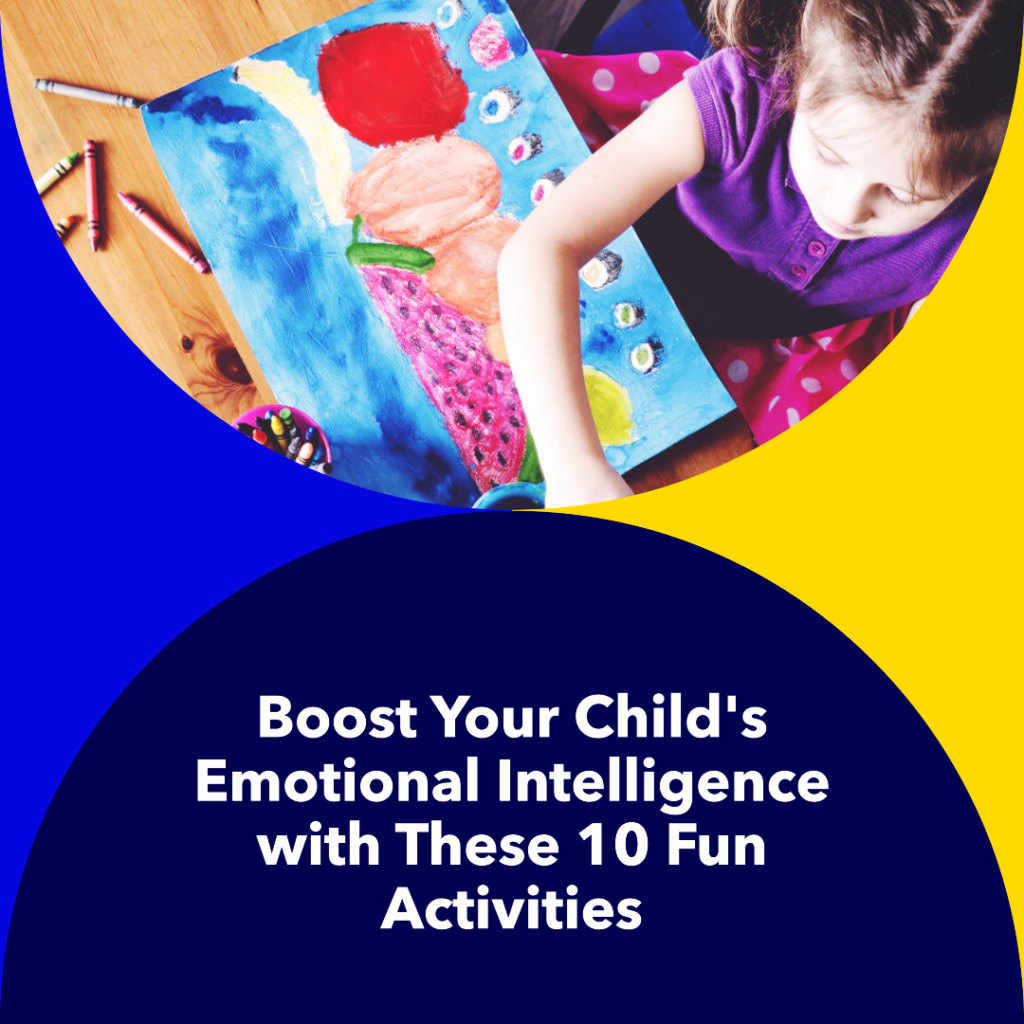5 ideas for Indoor Christmas Eve for kids
Embracing the Festive Spirit Indoors 5 ideas for Indoor Christmas Eve for kids: Don’t waste more The holiday season has arrived, we’re gearing up to create magical memories for our little ones. This year, our focus is on embracing the festive spirit indoors, ensuring that every child experiences the warmth and joy of Christmas within the safe confines of their classroom. Decking the Halls: Classroom Decorations and Crafts The classrooms are being transformed into winter wonderlands with simple yet delightful decorations. From paper snowflakes hanging from the ceilings to DIY ornaments adorning the walls, every corner is infused with the magic of Christmas. Ideas for Indoor Christmas Eve for kids Festive Snacks and Indoor Picnics What’s Christmas without delicious treats? We’re planning and preparing Christmas-themed snacks that are not only tasty but also suitable for indoor celebrations. The children are in for a treat with our indoor picnics, creating a cozy atmosphere where they can enjoy their festive snacks while surrounded by the enchanting decor. Santa’s Workshop Indoor Craft Stations with a Special Surprise Santa’s Workshop and it’s not just about receiving gifts. Children are actively participating in crafting their own holiday-themed masterpieces. From decorating stockings to creating personalized ornaments, our indoor craft stations are a hub of creativity, fostering artistic expression and fine motor skills. Free Christmas Tree Craft Download now Craft Christmas Booklet Sometimes Kids need time with themselves and nothing better than have an activity book to maintain the Christmas spirit.For this year, we’ve prepared a special surprise for the little ones – a Christmas Activity Book! Packed with 15 pages of coloring, maze puzzles, and other delightful games, this digital product brings the joy of the season to their fingertips. As they engage in the craft stations, each child will receive their own copy to take home, extending the festive fun beyond the classroom. This Christmas Activity Book is designed to enhance the holiday experience, providing a blend of entertainment and education. Whether they’re coloring Santa’s sleigh, navigating through a festive maze, or playing holiday-themed games, the children will have a blast while honing their cognitive skills. Christmas activities craft book Download now This digital product adds an extra layer of excitement to our Christmas, making the crafting sessions even more memorable. It’s a wonderful way to bridge the traditional joy of hands-on crafts with the modern charm of interactive digital content. Jingle Bells Concert The excitement is building as we prepare for our Jingle Bells Concert. It’s a showcase of the children’s talents and the joy they bring. Indoors, we’re creating a stage where the little ones can perform holiday songs, dances, and skits, providing a platform for self-expression and building confidence. Christmas Storytime and Movie Sessions In addition to crafting and performances, we’re bringing the enchantment of Christmas stories and movies indoors. Our dedicated Christmas Storytime sessions involve reading heartwarming tales that capture the magic of the season. Furthermore, we’re arranging movie sessions featuring age-appropriate Christmas films, providing a cinematic experience that resonates with the festive spirit. Wish you enjoyed this 5 ideas for Indoor Christmas Eve for kids and filled with love and laughter. May the spirit of Christmas shine brightly in the hearts of our little ones and their families! Tpt Shop
5 ideas for Indoor Christmas Eve for kids Read More »










